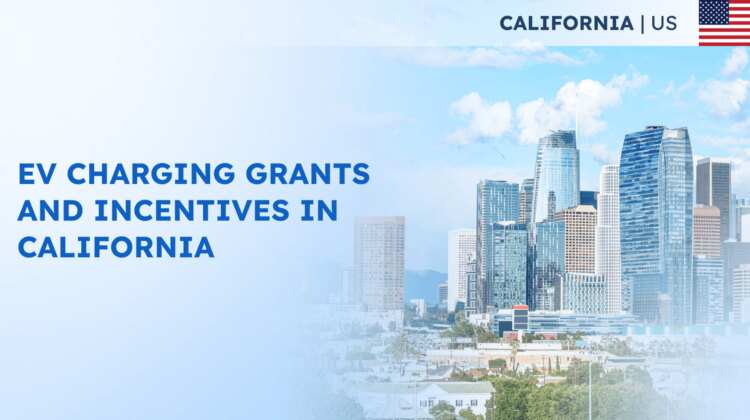The San Luis Obispo County Air Pollution Control District (APCD) Clean Air Incentive Program is a visionary initiative designed to curb emissions from heavy-duty engines, with a particular emphasis on reducing diesel emissions. Administered by the APCD and funded through APCD Board-approved resources, this program is a beacon of change towards cleaner air. Read on to explore the details of this transformative program, especially its incentives for Electric Vehicle (EV) charging.
San Luis Obispo Air Pollution Control District’s Alt Fuel and Electric Vehicle Infrastructure Program is offering funding for up to 50% of eligible costs of the infrastructure and installation, and up to 60% if the project is publicly accessible, subject to the maximum award amounts stipulated in the RFP. Projects funded under the AB923 guidelines may be eligible for funding up to 65% of eligible costs (consult APCD). Applications are accepted on a first-come, first-served basis until program funds are exhausted.
Program Overview
Version 5.0 of the SLO County Clean Air Incentive Program, dated January 25, 2023, underscores its commitment to cleaner air. It offers funding to individuals, businesses, and public agencies to support projects that slash emissions from heavy-duty engines.
The APCD is actively seeking proposals for emission reduction projects in various categories. Details and eligibility criteria for each category can be found on the program’s webpage. Projects are typically awarded on a first-come, first-serve basis, prioritizing cost-effectiveness for simultaneous applications.
Eligible Project Categories
- Infrastructure for Electric Vehicle Charging and Electrification of Agricultural Engines: This category funds infrastructure for electric vehicle charging stations and electrification of agricultural engines, including underground wiring, utilities, transformers, and dispensing equipment.
- Marine Engine Repower: Funding is available to replace diesel engines in commercial harbor craft, such as fishing vessels, operating in California coastal waters, meeting current U.S. EPA marine engine standards.
- Off-Road Heavy-Duty Equipment Replacement: Support is provided to replace older off-road equipment with new, cleaner models, including agricultural tractors and construction machinery.
- Off-Road Heavy-Duty Repower or Retrofit: Funding can be accessed to replace or retrofit engines in heavy-duty off-road equipment like cranes and loaders, adhering to clean engine standards.
- Stationary and Portable Agricultural Engines: This category funds the replacement of agricultural engines with cleaner technologies, such as diesel engines, spark-ignited engines, electric motors, and related infrastructure.
General Eligibility Criteria
Projects must meet criteria outlined in the Applicable Guidelines, including:
- Real, quantifiable, enforceable, and permanent emission reductions.
- No prior orders or purchases before the Grant Agreement’s effective date.
- Operational condition of old engines/equipment.
- Compliance with CARB regulations.
- Destruction and documentation of old engines (except for retrofit or infrastructure projects).
- Physical presence in San Luis Obispo County for mobile-source projects.
- Location of eligible stationary engines and infrastructure in San Luis Obispo County.
- A minimum of 75% operation in California (except marine projects).
EV Charging Incentives
While the SLO County Clean Air Incentive Program covers a range of categories, it also supports infrastructure for electric vehicle charging stations. Stay tuned for detailed eligibility criteria and funding opportunities for EV charging projects.
The SLO County Clean Air Incentive Program, in its fifth iteration, continues to pave the way for cleaner air through emission reduction projects. As the program unfolds its EV charging incentives, it not only promotes sustainable transportation but also fosters a greener future.




